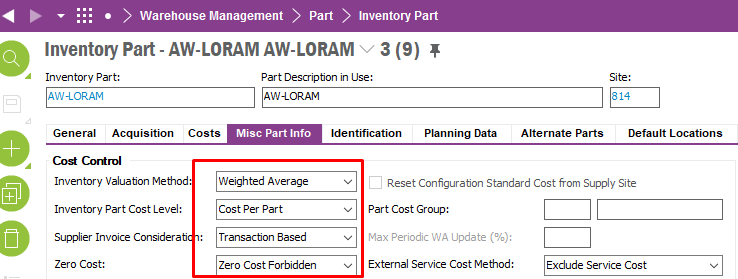There is a subsidiary company in USA and another subsidiary company in Australia under the one group of companies. USA company manufactured a raw material at the cost of 75USD and sells at 100USD to Australian company. Currently in IFS, selling company in USA inventory is valued at 75USD where as buying company’s inventory in Australia is valued at 100USD.
But Australian company wants to value the received inventory at 75 USD and not to value at 100USD because the received inventory should be valued at cost for the group and they do not want to include 25USD markup in inventory which increases cost of sales when Australian company selling finished goods to their customers. Is there anyway to handle this scenario with this current setup as shown below?







